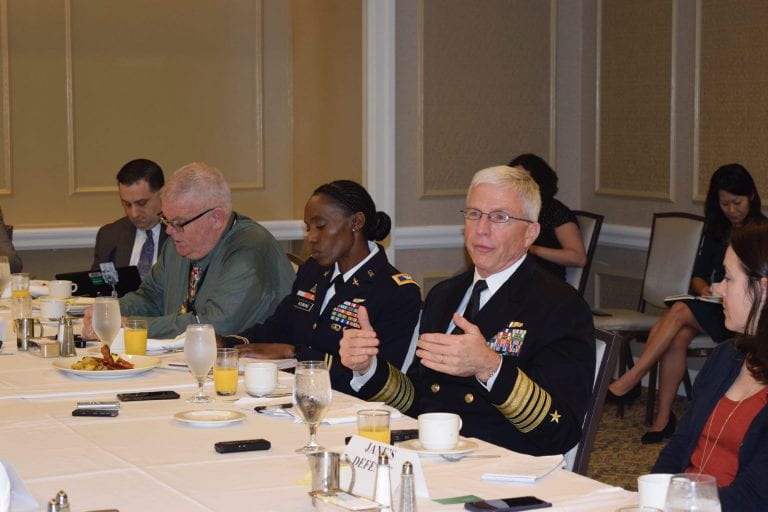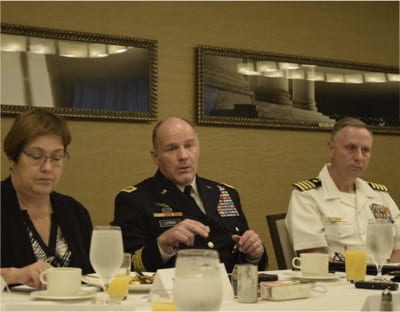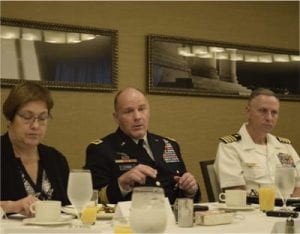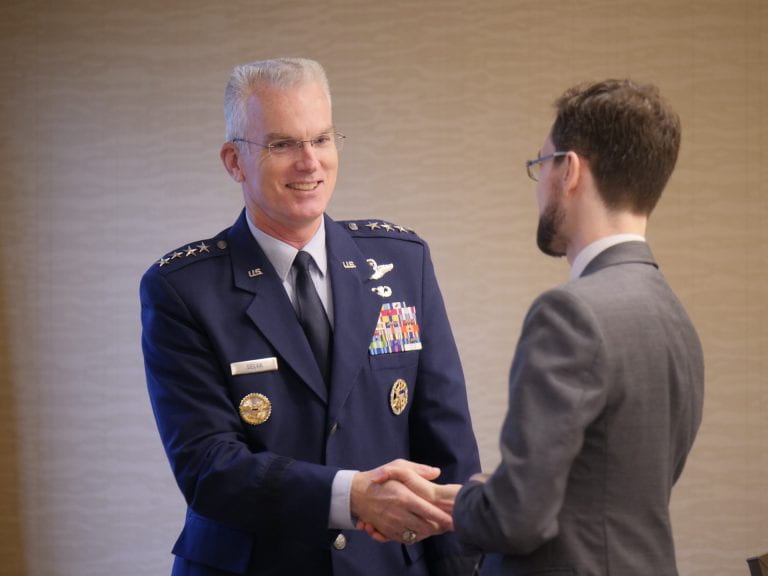Hundreds of Russian Mercenaries Now in Venezuela, US Admiral Says by Richard Sisk of Military.com
Hundreds of Russian mercenaries are in Venezuela to prop up the "illegitimate regime" of President Nicolas Maduro, who has announced his intention to go to North Korea to break out of the isolation imposed by the U.S. and its allies, Adm. Craig Faller, head of U.S. Southern Command, said Friday at a breakfast with reporters in Washington, D.C.
"Certainly strange friends," Faller said of the recent expressions of mutual support between Maduro and North Korean leader Kim Jong Un, "but it would not surprise me and we are concerned about that relationship."
"Very soon, we will go soon" to North Korea to meet with Kim on military and economic cooperation, Maduro said on Venezuelan state TV Wednesday. His announcement followed on a visit last month by a Venezuelan delegation to North Korea.
The outreach to North Korea fit a pattern in Maduro's efforts to maintain power, Faller said. Those efforts have continued despite the internal corruption of Maduro's regime and crippling sanctions imposed by the U.S. that have forced an estimated four million Venezuelans to flee the country.
The Trump administration has backed opposition leader Juan Guaidó, and recognized him as the legitimate president, but Maduro has remained in office with support from Russia, Cuba, China, Iran and now, it seems, North Korea, Faller said.
"Russia, China and Iran -- they're there, they're present, and they're working for their national interests in ways that are counter to long-term stability of the region," Faller said. "Russia, I'm convinced, is out to make the United States look bad [in South America] at every turn of the corner."
China has focused on spreading economic influence in Latin America and worldwide, Faller said, and the "future of this globe depends on how we can reconcile that competition.
"But right now, in this hemisphere, that competition is strong, and in the area of values and access and influence it borders on conflict," he said.
Southern Command has limited capabilities, but is working with regional partners to counter "what Maduro's done in his country, how he's driven it into the ground with his cronies along with the interventionist assistance of Russia, China, Iran," Faller said. "And now we see liaison with North Korea."
To back Maduro, Russia has "deployed nuclear-capable bombers" for fly-bys in the region, and Russia has "deployed their most advanced warship that's capable of firing nuclear cruise missiles," Faller said.
He referred to a June visit to the region of the guided-missile frigate Admiral Gorshkov, which made a port stop in Cuba.
In addition, there are hundreds of Russian mercenaries in Venezuela, along with a "significant amount of Russian arms and Russian arms support," Faller said.
"The palace guard around Maduro is Cuban, nearly 100% of the presidential guard are now Cuban, so there's thousands of Cubans and hundreds of Russians" in Venezuela, Faller said.
-- Richard Sisk can be reached at Richard.Sisk@Military.com.
Original article can be found here.
Other articles:
DoD News: Southcom Commander: Foreign Powers Pose Security Concerns
The Washington Times: Russian and Chinese activity on the rise in South America, U.S. commander warns
USNI News: SOUTHCOM Will Keep Amphib USS Wasp Busy During Transit
National Defense Magazine: JUST IN: Great Power Competition Heating Up in Latin America
VOA News: US Military Says Venezuela's Maduro 'Increasingly Isolated’
Task & Purpose: Hundreds of Russian mercenaries now in Venezuela, US admiral says
Voz de America: Jorge Arreaza y Remigio Ceballos aseguran que “Trump ha fracasado”
US SouthCom: Southcom Commander: Foreign Powers Pose Security Concerns




















